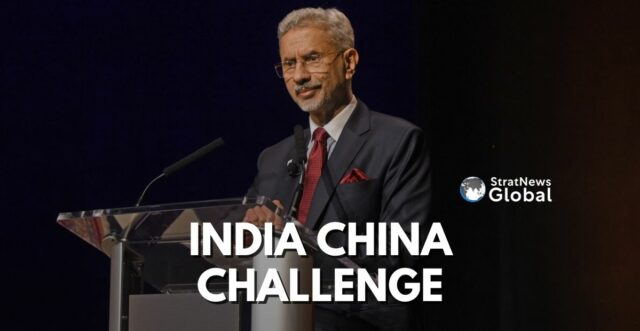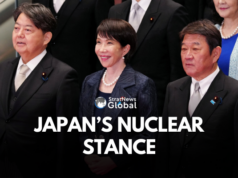The “parallel rise” of India and China presents a “very unique challenge” in today’s global politics, Dr S Jaishankar, External Affairs Minister said at an event organised by Asia Society and the Asia Society Policy Institute in New York.
Underscoring that India had a “difficult history” with China, he noted that “They are the only two countries with over a billion people … who often have overlapping peripheries including the fact they have a common border. So it’s really a very complicated issue.”
He pointed out that “The entire 3500-km border between India and China is disputed,” but several agreements were in place to ensure matters remained peaceful. “The problem was in 2020 despite these very explicit agreements …the Chinese moved a large number of forces to the Line of Actual Control and we responded in kind. Once troops were deployed very close up … it was likely a mishap could happen and it did happen.”
The Galwan Valley clash of that year, he said, “overshadowed the relationship, and until we can restore peace and tranquility on the border and ensure the agreements signed up to are adhered to, it’s obviously difficult to carry on with the rest of the relationship.”
He clarified that when he said 75% of the relationship had been sorted out, he meant the disengagement part of it. “The main issue right now is patrolling, how do both of us patrol up to the Line of Actual Control.”
In his view, the India China relationship is the key to the future of Asia. “If the world is to be multipolar, Asia has to be multipolar,” he said, rejecting Chinese ambitions of being the pre-eminent power on the continent. He also reflected on the trend towards multipolarity with multiple independent decision-making centres. As for plurilateralism, it was a strategic approach moving beyond the bilateral to build collaborative frameworks.
It allows countries to align on issues of mutual concern, thereby influencing global governance more effectively. He gave the example of QUAD, a growing platform in the Indo-Pacific.
Asia, he said, is not only a significant participant in the global economic transformation but also the central stage where this change occurs. He acknowledged Asia’s “digital dilemma”, with security considerations increasingly influencing business decisions.
He described India-US relations as the “biggest foreign policy, strategic transformation”, and emphasised economic and technological convergences, particularly as the U.S. diversifies its supply chains away from China and looks to India as a favourable alternative. He underscored the importance of defence partnerships for regional security, focusing on technology sharing and military collaboration.





